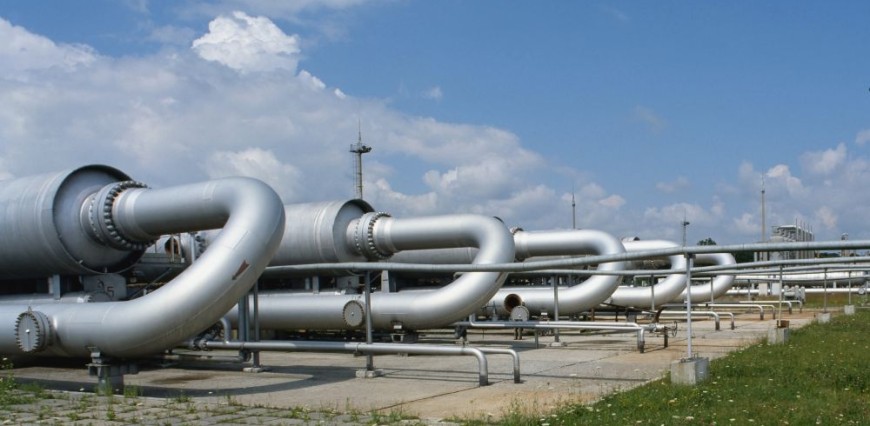
U.S. natural gas futures fell about 4% on Wednesday, erasing most of the prior session’s 6% gain, as output continues to rise while demand declines with the coming of seasonally milder, spring-like weather.
That price decline came even as the amount of gas flowing to liquefied natural gas (LNG) export plants was on track to hit a record high this week after Freeport LNG’s plant in Texas exited an eight-month outage in February.
Prices also dropped despite forecasts for cooler weather and higher heating demand next week than previously expected. Traders, however, noted that slightly colder weather in late March has much less of an impact on heating demand as colder weather in late January.
Temperatures in the U.S. Lower 48 states will average around 49.2 degrees Fahrenheit (9.6 Celsius) over the next two weeks versus a 30-year average of 50.6 degrees F for this time of the year, according to data provider Refinitiv.
Front-month gas futures for April delivery fell 9.2 cents, or 3.9%, to $2.256 per million British thermal units (mmBtu) at 8:14 a.m. EDT (1214 GMT).
The gas market has been extremely volatile in recent weeks as traders bet on the latest weather forecasts. The front-month dropped about 7% on March 17 and then fell another 5% on March 20 on warmer forecasts before gaining about 6% on March 21 on cooler forecasts.
In the spot market, next-day gas prices for Wednesday at the Henry Hub benchmark in Louisiana fell to $1.93 per mmBtu, their lowest since October 2020.
Freeport LNG’s export plant was on track to pull in about 1.2 billion cubic feet per day (bcfd) of gas on Wednesday, down from 1.5 bcfd on Tuesday, according to Refinitiv data. Freeport LNG said on March 8 that it anticipated feedgas flows would rise and fall as the plant returns to full production over the “next few weeks.”
When operating at full power, Freeport LNG, the second-biggest U.S. LNG export plant, can turn about 2.1 bcfd of gas into LNG for export. The plant shut after a fire in June 2022.
Total gas flows to all seven of the big U.S. LNG export plants rose to an average of 13.1 bcfd so far in March from 12.8 bcfd in February. That would top the monthly record of 12.9 bcfd in March 2022, before the Freeport LNG facility shut.
The seven big U.S. LNG export plants, including Freeport LNG, can turn about 13.8 bcfd of gas into LNG.
SUPPLY AND DEMAND
Refinitiv said average gas output in the U.S. Lower 48 states rose to 98.6 bcfd so far in March from 98.2 bcfd in February. That compares with a monthly record of 99.9 bcfd in November 2022.
Analysts said production declined earlier this year due in part to gas price declines of 40% in January and 35% in December that persuaded several energy firms to reduce the number of rigs they were using to drill for gas.
In addition, extreme cold in early February and late December cut gas output by freezing some oil and gas wells in several producing basins.
Meteorologists projected the weather in the Lower 48 states would remain mostly colder-than-normal through April 6 after a couple of warmer-than-normal days on March 22-23.
Refinitiv forecast U.S. gas demand, including exports, would slide from 115.0 bcfd this week to 109.1 bcfd next week. The forecast for next week was higher than Refinitiv’s outlook on Tuesday.
Milder winter weather so far this year has prompted utilities to leave more gas in storage than usual.
Gas stockpiles were about 24% above their five-year average (2018-2022) during the week ended March 10 and were expected to end about 16% above normal during the colder-than-normal week ended March 17, according to federal data and analysts’ estimates.